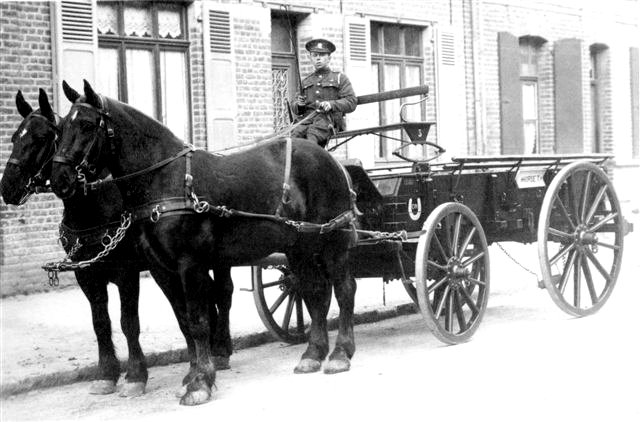Cannon Girt Halifax
Topic: Halifax
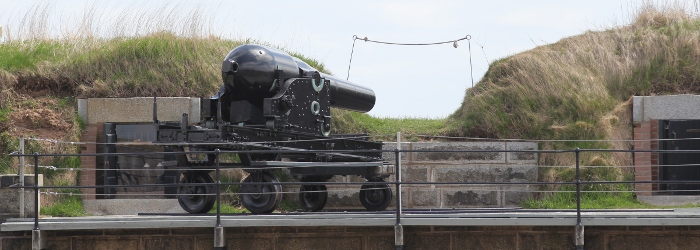
Cannon Girt Halifax
A City Dominated by the Military
The Remarkable Strength of the Harbour's Defences—America the Nation at Which All Guns Point
(Extracts from an American visitor's description of his visit to Halifax.)
Boston Evening Transcript; Wednesday, 14 August, 1901
(Mark Sullivan — Special Correspondent of the Transcript.)
Halifax, N.S., Aug 12.
"I wonder," said a fine old Roman Catholic priest, a chance companion of the voyage, who stood beside me on the forward deck as we rounded Sambro Light and faced the fort-lined sides of Halifax harbour, "I wonder if England ever stops to decide in her own mind just what her purpose is in spending a half million yearly on new fortifications for this harbour" Or does she keep it up like her court customs and her legal fictions, just because she began it a hundred and fifty years ago, and it would be a violation of precedent to stop."
"And I wonder, too"—here the priest pointed to the new redoubt on the left, built after the style of Gibraltar, where a dozen cannon mouths peer from holes in the solid rock like watchful giants in their caves taking a twilight look for lurking enemies before they go to bed—"I wonder, when an imaginative young lieutenant sights those guns in practice and aims them at the harbour mouth, what nation's flag he has in his mind's eye as a target? If he's learned anything at all at Sandhurst, more than how to keep his shoulders straight and carry his sword correctly, he must know that in the modern system of naval warfare, Germany and Russia and France, with their coal supply three thousand miles away, can't disturb him here."
"No, my friend," and the priest became very earnest, "if ever those guns are fired in anger, your country and mine will feel the wound. It's not nice, I know, in these days of Anglo-American billing and cooing to point out that while John Bull is squeezing out maiden fingers with one hand, he's getting a tighter grip on his sword with the other. And how futile it all is, after all; how Chinese to point guns at the inevitable, just like beating a drum to keep away thunder. It's a sure as fate you'll see the day, my friend—I won't for I am old; it will come either through trade of war or natural fellowship—when an American fleet will single-file down this harbor, and the American flag will fly on every fort from York Redoubt to the Citadel."
How soon or late Canada may seek, or accept under pressure, a union with the republic is a subject on which the priest and you and I and Canada may have each his own opinion (though it may be said in passing that one sanguine American's opinion has been changed by a recent trip through Canada); but of the enormous strength of the defences with which the empire is surrounding her "Warden of the North" there can be no manner of doubt.
At the Halifax Club they tell the story of an American naval officer who, shortly after the Venezuelan incident, visited the club as a guest of a fellow-countryman living in Halifax, and embarrassed his host and tested the urbanity of the British officers present by saying that when the incident began to look threatening he was in London, and cabled to Washington for permission to capture Halifax, adding that he had a plan by which he could do it without the loss of a ship.
Maybe he could; one does not know what plans and checks and counter-moves may lie in the drawers of locked cabinets in the Naval Department in Washington; but to the civilian tourist the regular indentations of the fortifications look like nothing as much as angry teeth, and Halifax harbor suggest the open mouth of a prostrate lion, sleeping now, but ready to crush and grind with those iron teeth when time hay serve. You are quite ready to believe what you are told a dozen times before you have been in Halifax a day, that on any one square foot of the harbour 200 guns can be trained at a moment's notice. When you know in addition that a man can sit at a keyboard in a room beneath twenty feet of stone and concrete on George's Island and manipulate wires which cover the bottom of the harbor like a piece of lace, then you wonder whether a spider on a chip could float down that harbor in safety. An attacking admiral would literally have
"Cannon to the right of him,
Cannon to the left of him,
Cannon in front of him."
After he had passed McNab's Island, if ever he got so far, he would have cannon back of him, to say nothing of the sunken mines and the two low, vicious little torpedo boats which hide in the coves and inlets and come darting out and scooting across the water like enormous insects, and at night point their search-lights about the harbor like watchful ogres.
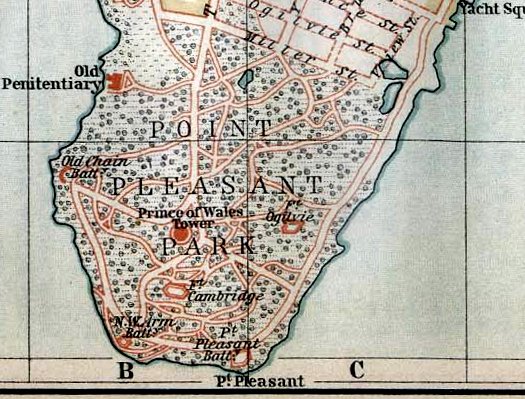 And there are more fortifications than the casual tourist can see from the harbor. I had been in Halifax for a day and was driving through Point Pleasant Park, revelling comfortably in the mingled odors of wild roses and spruce and fir, as far as well could be from any thought of war, when we rounded a clump of trees and came plump upon a group of forty sweating Tommies tugging and straining to get a thirteen-inch gun with the paint of Woolwich fresh upon it into position in a new three-gun battery.
And there are more fortifications than the casual tourist can see from the harbor. I had been in Halifax for a day and was driving through Point Pleasant Park, revelling comfortably in the mingled odors of wild roses and spruce and fir, as far as well could be from any thought of war, when we rounded a clump of trees and came plump upon a group of forty sweating Tommies tugging and straining to get a thirteen-inch gun with the paint of Woolwich fresh upon it into position in a new three-gun battery.
"Heavens," I exclaimed. "Another battery away up here. Why, you can't see this from the harbour."
Cabby was immensely tickled at his American fare's astonishment. "Of course you can't see it from the harbor," he said, "that's the reason it's here, and there's four more like it up here in the woods behind the hill." Then he added with a delightful grin, "Oh, I guess that man Dewey of yours won't come up this harbor very soon."

For a hundred and fifty years Halifax has been a scene of martial activity. War has always been kind to her. As I drove along the road to Bedford, cabby pointed to a handsome residence behind some maples: "one o' the richest families in Halifax," he said.
"Indeed," I replied; "How was the fortune made?"
"Privateerin', I think," said cabby.
On inquiry of better sources than cabby I learned that many of the older fortunes in Halifax, on which second and third generations now live in retired comfort date back to the early part of the century when the local merchants fitted out privateers to prey on the commerce of England's enemies. Still other fortunes rose from the enormous profits made on the captured prizes which the British men-of-war brought to Halifax to sell. Still later, during our Civil War, this garrison city was a hotbed of Southern sentiment and a rendezvous for hundreds of blockade runners; and many a retired Haligonian captain in slippered comfort sips rare wine today as the prize of four years of adventurous and profitable activity in eluding American men-of-war.

A garrison of two thousand soldiers, with more than a hundred officers, with the commander of his majesty's forces always a distinguished general and often a member of the royal family, with several score officers from visiting warships always in port, naturally the garrison dominates the social life of the city. It extends through all grades of society. While Lieutenant Trevelyan sings "Danny Dever" to my lady's accompaniment, Private Thomas Atkins dances for Jane below, and if, as Kipling assures us,
"The colonel's lady and Judy O'Grady
Are sisters, under their skins."
why, probably the tender nothings above stairs and below are much the same. Every time a regiment is ordered off for duty in South Africa or India or elsewhere, there are two results in the families of well-to-do Halifax; much sighing among the daughters and much searching for new maids and cooks among the mothers."

Truly, 't is "the army and navy forever" at Halifax. From morning till night the bugles keep the echoes flying about Chebucto head. In the morning you are wakened by the heavy clanking tread of a squad of the engineers' corps going from Citadel barracks to work on the new fortifications at Herring Cove. At breakfast you are startled by the booming of the cannon in the harbor; and the waiter tell you that a French man-of-war has just come in, and is giving two salutes—one to the military commander of the garrison, and one to Admiral Bedford of the British North Atlantic Squadron, whose flagship, the Crescent, spends the summer in Halifax, and the winter at Bermuda. Later on, a British officer, every detail of dress and manner the perfection of good form, gloved and booted and spurred, drops with clanking sword into the seat beside you on the street car. You take the ferry to Dartmouth, and pass H.M.S. Quail at the King's Dock, with a score of barefooted sailors washing down her decks; a little further up you see a line of dirty sailors carrying baskets of coal to the bunkers of the Indefatigable; out in the stream, a squad of marines are having sword drill on the Crescent, their sabres flashing rhythmically in the sun. At twelve o'clock you set your watch by the boom of cannon. After supper, "tea" it is in Halifax—you sit on the hotel porch and watch two thousand Tommies stroll by in all his varieties of uniform, but always with the same absurd little cane, his day's duties over, now mostly a-wooing bent.
As the twilight dies away you make up your mind to take a lonely row up the Northwest Arm in the moonlight. As you push out into the harbor you see the black bulk of the flagship lit up with colored lights. A little later you hear the ship's band strike up the "Marseillaise," in honor of the visiting Frenchman. There is an interval of silence, and then the "Blue Danube" floats out across the water, and you realize that the officers of the fleet are giving a ball on the flagship; so you draw your boat close up under the shadow of the ship and listen to the music and the voices, and watch the gay uniforms and dresses.

Posted by regimentalrogue
at 12:01 AM EDT
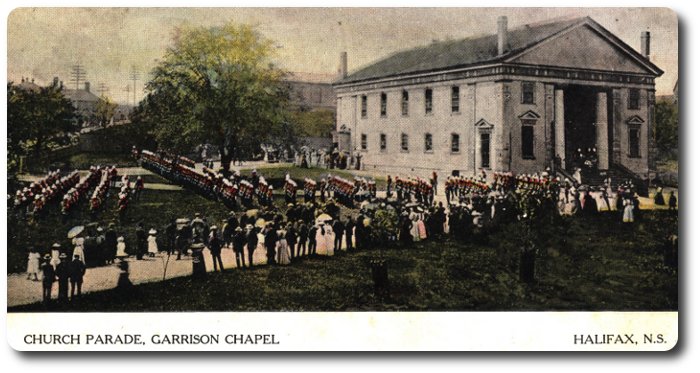


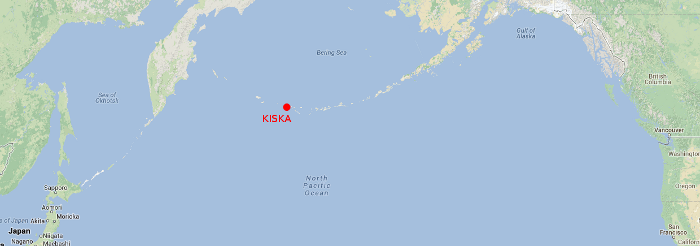
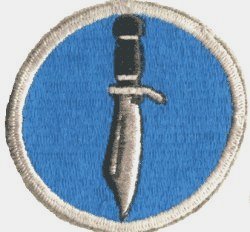

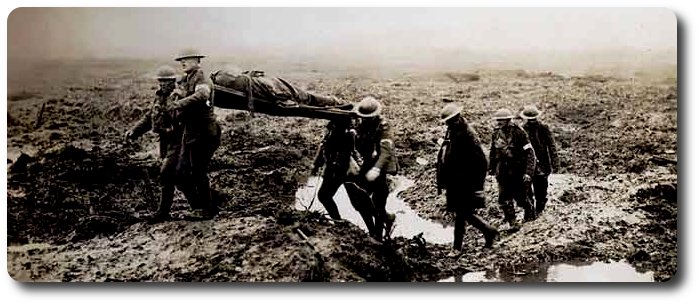
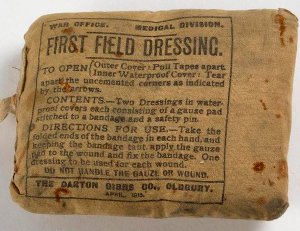 1. Every officer and man will carry on a string round his neck an identity disc showing his name, number if any, unit and religion. He will also carry a first field dressing in the right hand skirt pocket of his coat. Both disc and dressing should be frequently inspected.
1. Every officer and man will carry on a string round his neck an identity disc showing his name, number if any, unit and religion. He will also carry a first field dressing in the right hand skirt pocket of his coat. Both disc and dressing should be frequently inspected.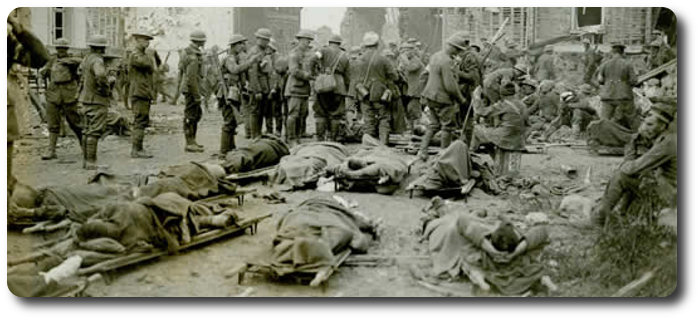
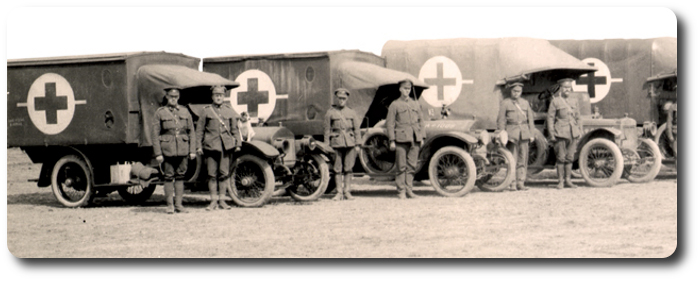

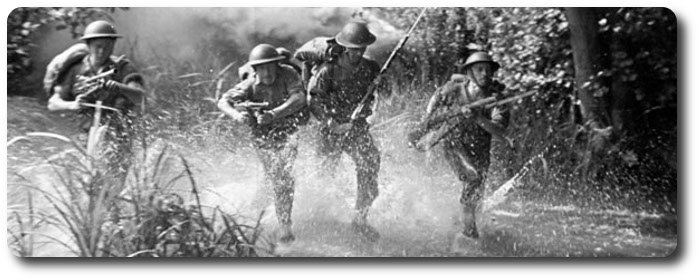
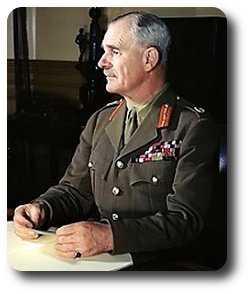 Before dealing with the attempts to modernise our infantry … it seems important to decide what the true role of the infantry is. Here are some that have been suggested in various quarters:—
Before dealing with the attempts to modernise our infantry … it seems important to decide what the true role of the infantry is. Here are some that have been suggested in various quarters:— 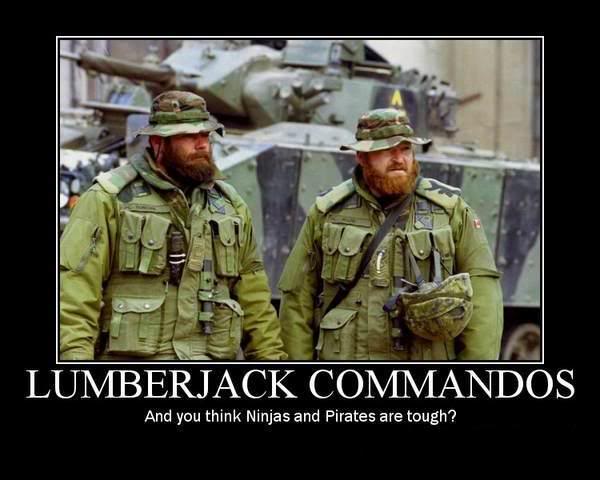
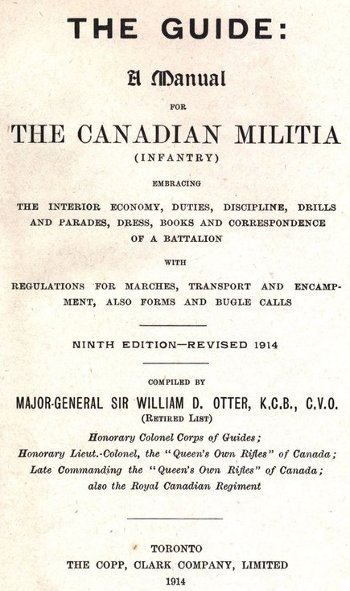 The pioneers are a small section of regimental artificers, competent to repair barracks, furniture, utensils, etc., or do minor mechanical work in barracks or camp, and if need be, instruct others in the same. They should be selected mainly on account of proficiency in their trades, and good character; they may also be employed in the Quarter-Master's store or other duty pertaining to that department.
The pioneers are a small section of regimental artificers, competent to repair barracks, furniture, utensils, etc., or do minor mechanical work in barracks or camp, and if need be, instruct others in the same. They should be selected mainly on account of proficiency in their trades, and good character; they may also be employed in the Quarter-Master's store or other duty pertaining to that department.

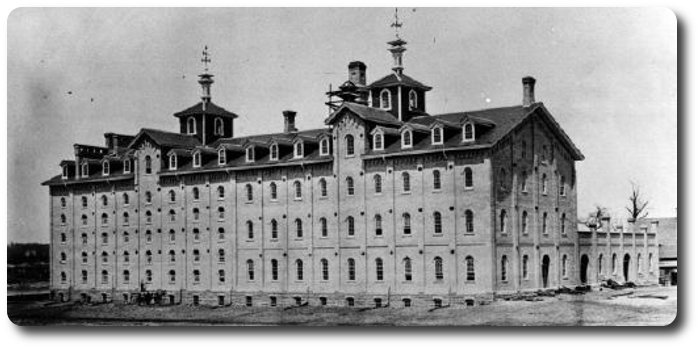
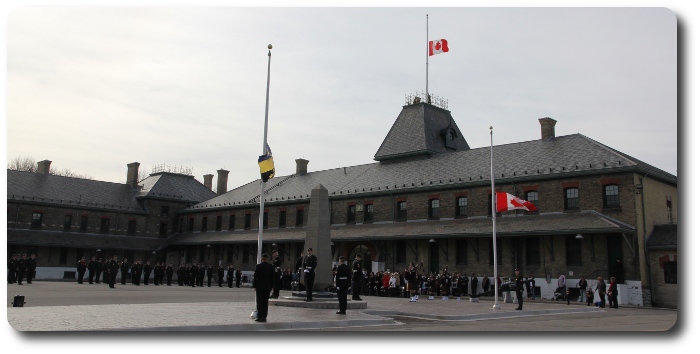
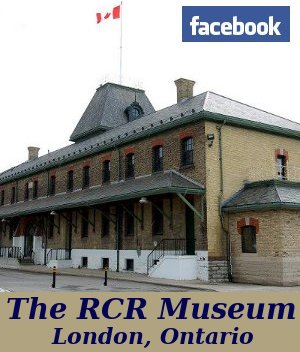

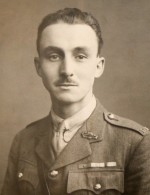 Britton says he craves a
Britton says he craves a 


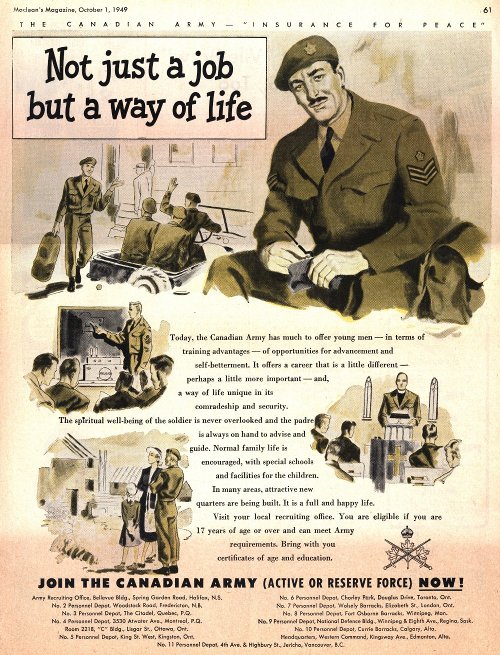

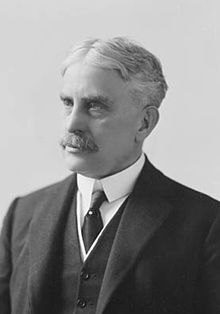
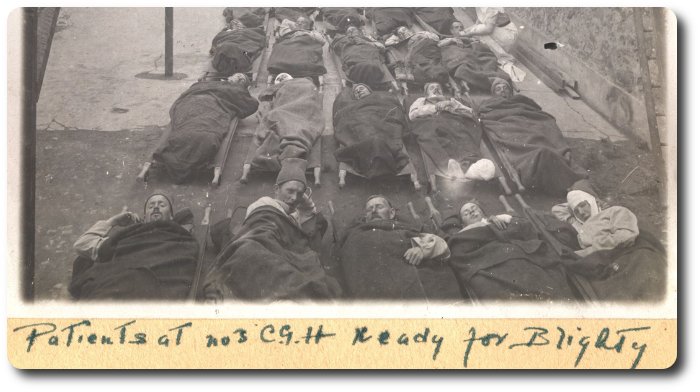
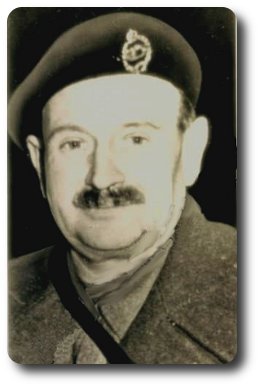
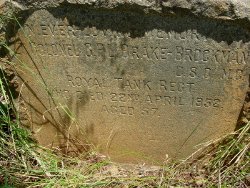
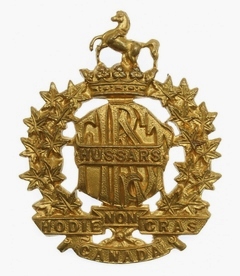 The regiments which escape disbandment or conversion, but practically all of them amalgamated with some other unit, follow:
The regiments which escape disbandment or conversion, but practically all of them amalgamated with some other unit, follow: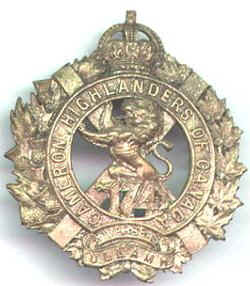 Ontario: Canadian Fusiliers, London; the Kent Regiment, Chatham; the Perth Regiment, Stratford; the Queen's York Rangers, the Toronto Scottish and the Irish Regiment of Canada, all of Toronto; the Argyll and Sutherland Highlanders of Canada, Hamilton; the Sault Ste. Marie and Sudbury Regiment, Sault Ste. Marie; the Princess of Wales Own Regiment, Kingston; the Prince of Wales Rangers, Peterborough; and the Cameron Highlanders of Ottawa.
Ontario: Canadian Fusiliers, London; the Kent Regiment, Chatham; the Perth Regiment, Stratford; the Queen's York Rangers, the Toronto Scottish and the Irish Regiment of Canada, all of Toronto; the Argyll and Sutherland Highlanders of Canada, Hamilton; the Sault Ste. Marie and Sudbury Regiment, Sault Ste. Marie; the Princess of Wales Own Regiment, Kingston; the Prince of Wales Rangers, Peterborough; and the Cameron Highlanders of Ottawa.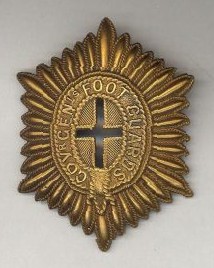 Unaffected by the reorganization, and continuing presumably as infantry rifle battalions are 43 regiments:
Unaffected by the reorganization, and continuing presumably as infantry rifle battalions are 43 regiments: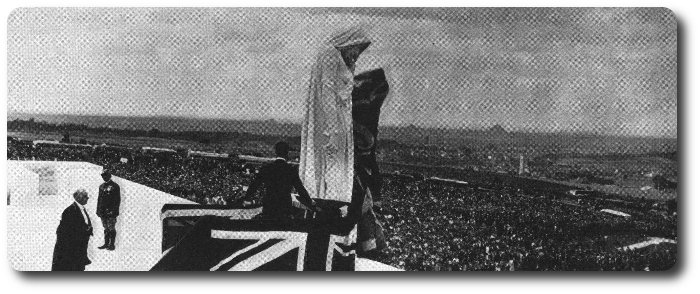




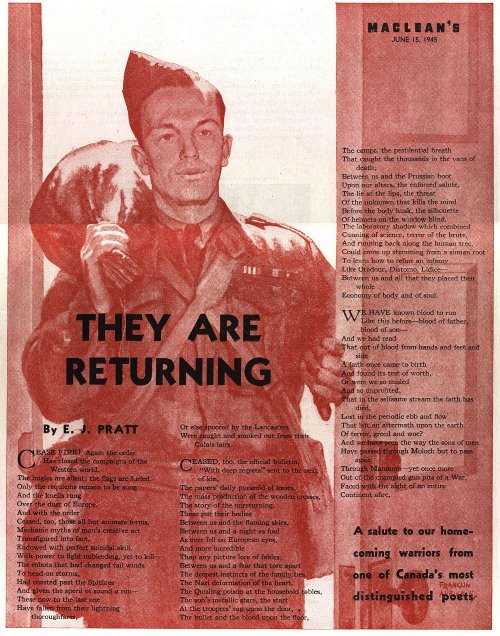
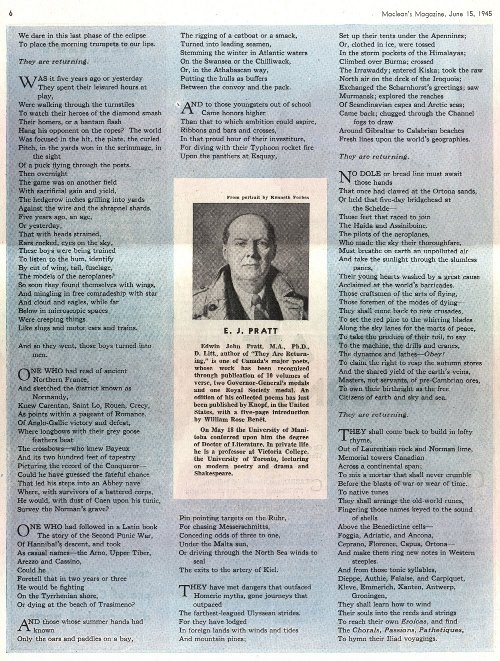
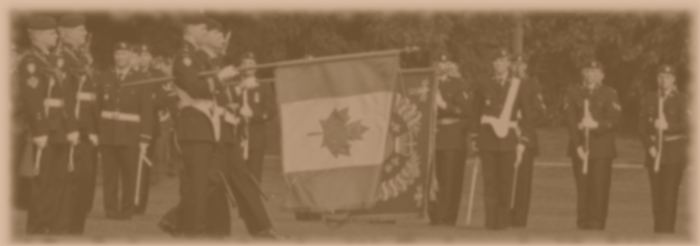
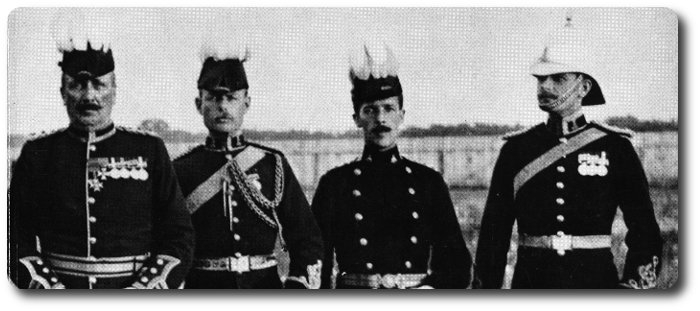
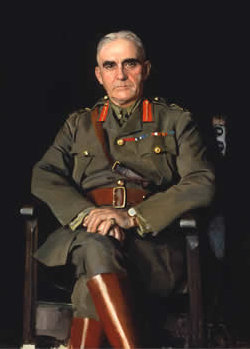 Ottawa, August 4.—A unique military proposition is at present being urged upon the Hon.
Ottawa, August 4.—A unique military proposition is at present being urged upon the Hon. 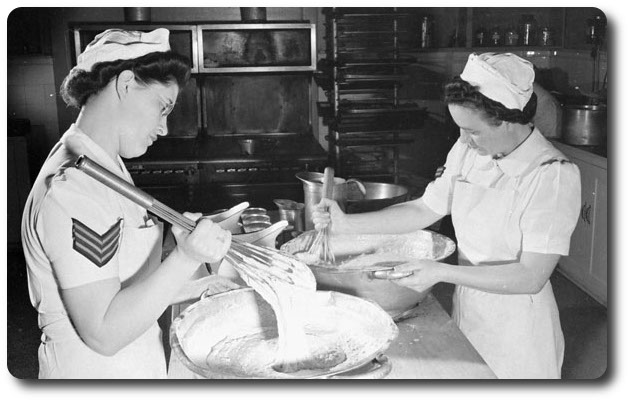
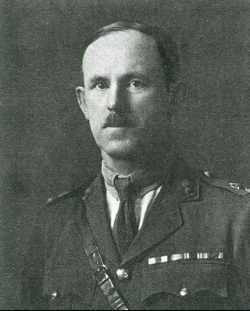
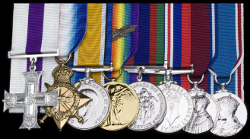

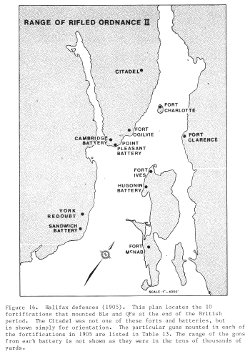
 And there are more fortifications than the casual tourist can see from the harbor. I had been in Halifax for a day and was driving through
And there are more fortifications than the casual tourist can see from the harbor. I had been in Halifax for a day and was driving through 